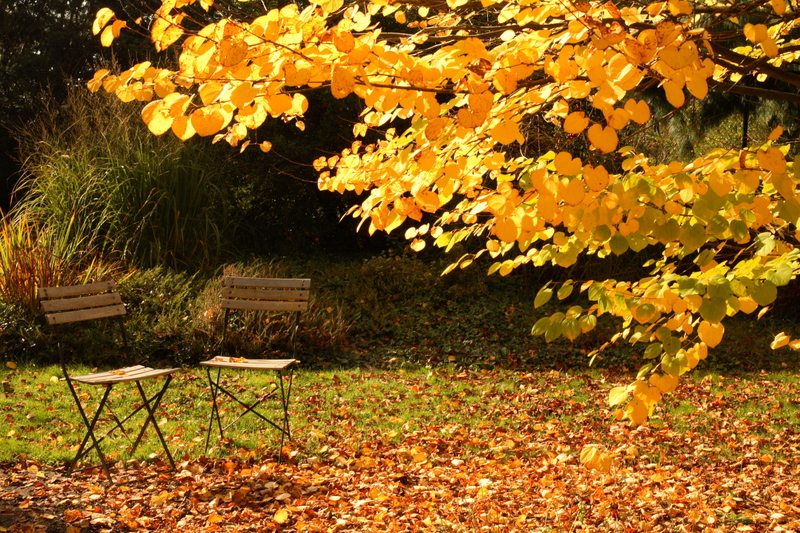How to Repot Your Orchid: A Step-by-Step Guide
Posted on 18/09/2024

Orchids are undoubtedly one of the most beautiful and elegant plants, known for their vibrant and exotic flowers. However, they require a little extra care and attention when it comes to their growth and maintenance. One crucial aspect of orchid care is repotting. It may seem intimidating at first, but with the right tools and techniques, it can be a straightforward and rewarding process. In this guide, we'll take you through the step-by-step process of repotting your orchid.
Step 1: Gather Your Supplies
Before you begin the repotting process, it's essential to have all the necessary supplies ready. This includes a pot with drainage holes, orchid potting mix, pruners or scissors, clean gloves, and a spray bottle filled with water. Make sure all your tools are clean to avoid any contamination.
Step 2: Know When to Repot
The general rule for repotting orchids is every one to two years, depending on the growth rate and size of your plant. Other signs that indicate your orchid needs repotting include roots growing out of the pot's bottom or sides, yellowing or wilting leaves, and lack of blooming.
Step 3: Remove Your Orchid from Its Current Pot
Carefully remove your orchid from its current pot by gently pulling on its base or gently tapping the sides if it's stuck. If necessary, use a sterile knife to loosen any tightly wound roots. Avoid pulling on the stem as it can easily break.
Step 4: Trim Roots and Remove Old Potting Material
Once you have removed your orchid from its pot, inspect its roots for any dead or damaged ones. Trim these off using clean scissors or pruners. Next, remove any old potting material from the roots by gently shaking them or using running water.
Step 5: Prepare Your New Pot
Choose a pot that is one size bigger than your current one to allow room for growth. Make sure it has proper drainage holes to prevent waterlogging, which can be fatal for orchids. You can also add a layer of small rocks or pebbles at the bottom before adding the potting mix.
Step 6: Repot Your Orchid
Place your orchid in the new pot, making sure its roots are spread out evenly. Gently fill in the gaps with the orchid potting mix, ensuring it's not too compacted. Leave some space at the top of the pot for watering.
Step 7: Water and Fertilize
After repotting, give your orchid a good soak with room temperature water until it runs out of the drainage holes. This helps to settle the new potting mix and hydrate the roots. You can also add a diluted balanced fertilizer to encourage healthy growth.
Pros:
- Repotting allows for better aeration and drainage, which is crucial for orchids' growth.
- It provides an opportunity to inspect and trim any damaged or dead roots.
- Fresh potting mix provides necessary nutrients for healthy plant growth.
- Repotted orchids tend to bloom more frequently and produce more vibrant flowers.
Cons:
- Repotting can be stressful for delicate orchids and may cause them to go into shock.
- If done incorrectly, it can lead to root damage or overcompacted soil, affecting plant health.
- Repotting too often or using poor-quality potting mix can harm your orchid's growth.
Tips:
- Make sure to use clean tools and gloves to avoid any contamination.
- Avoid repotting when your orchid is blooming as it can cause stress and hinder flowering.
- Use specialized orchid potting mix that includes bark chips, charcoal, and perlite for optimal drainage.
- Don't overwater newly repotted orchids, as it can lead to root rot.
Takeaways:
Repotting your orchid may seem like a daunting task, but with the right tools and techniques, it can be an easy and beneficial process. Regular repotting allows for healthy growth and blooming, so keep an eye out for any signs indicating it's time to repot.
Conclusion:
Orchids require proper care, and repotting is a crucial aspect of their maintenance. Knowing when and how to repot your orchid is essential for its health and growth. By following these simple steps and tips, you can ensure your orchid remains vibrant and beautiful for years to come. Happy repotting!


